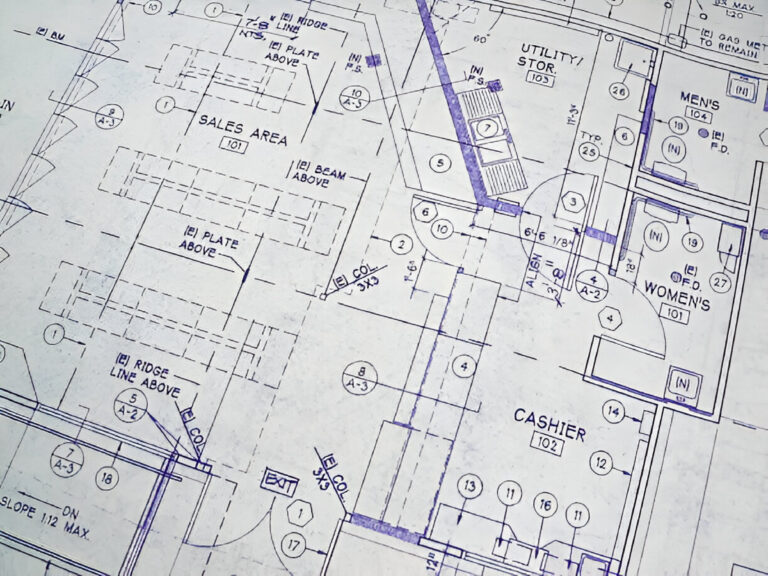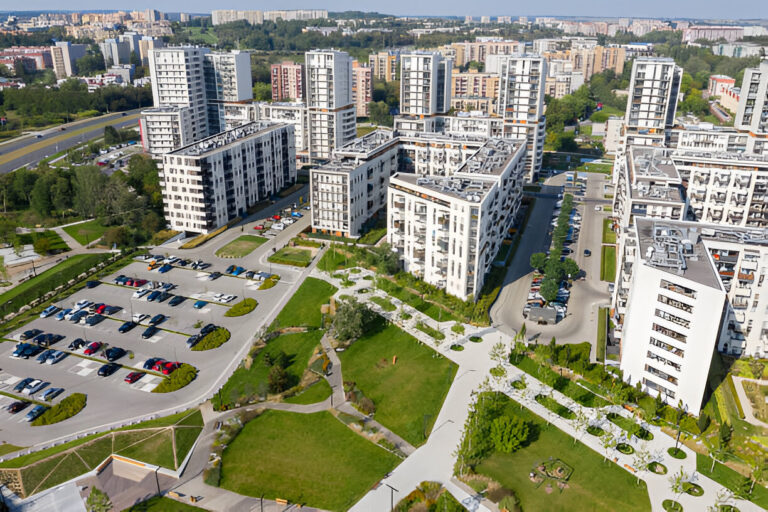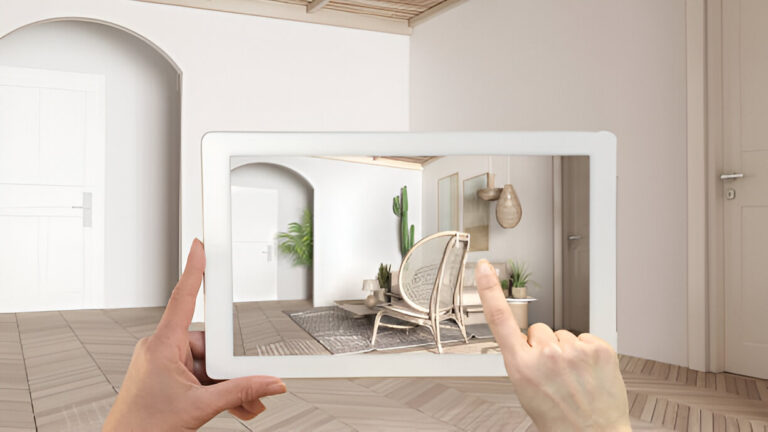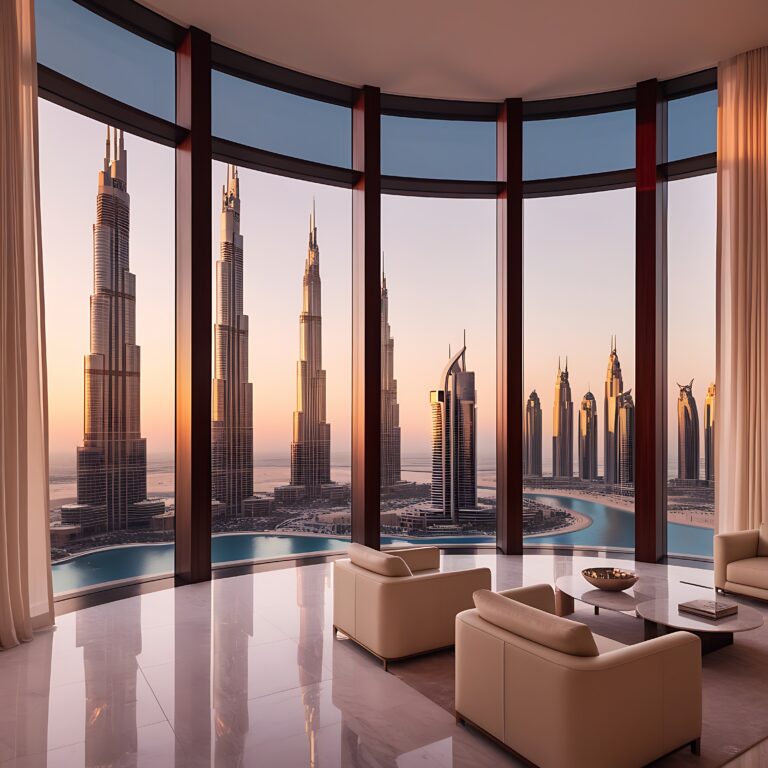Introduction
Virtual staging is revolutionizing home showings in real estate. Traditional staging can be time-consuming and costly, requiring physical furniture and decor to be moved into a property. Virtual staging, on the other hand, uses 3D rendering services to digitally furnish and decorate a space, making it more appealing to potential buyers. This innovative approach is not only more cost-effective but also offers greater flexibility in showcasing different styles and layouts. With virtual staging, real estate professionals can create stunning visual presentations that highlight a property’s potential, attracting more interest and leading to faster sales.
What is Virtual Staging?
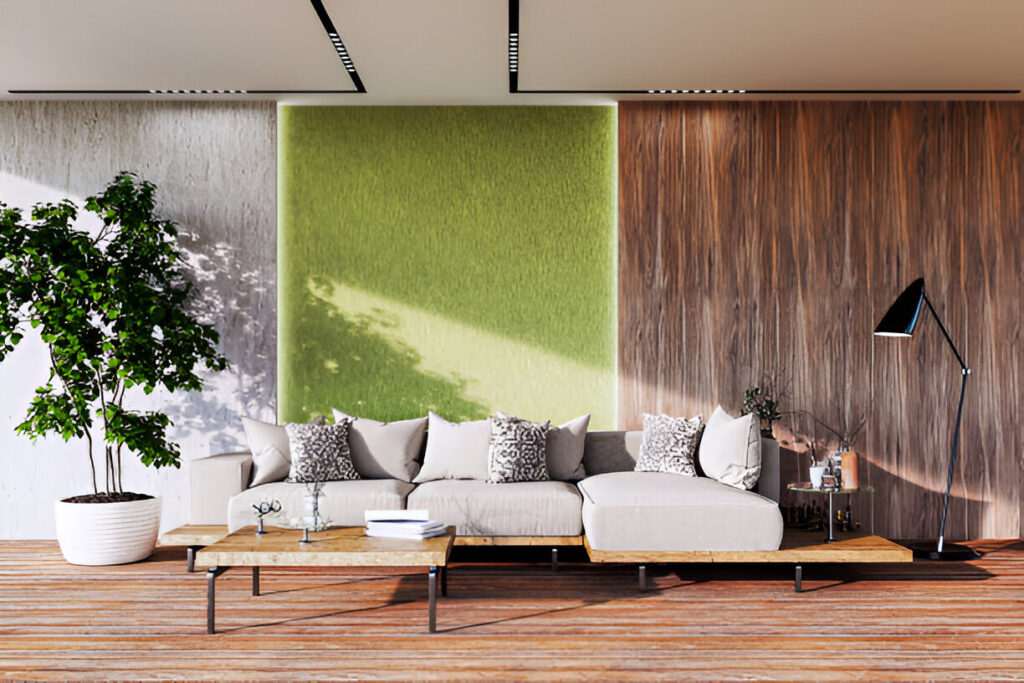
Virtual staging involves the use of 3D interior rendering services to create realistic images of a property’s interior. This process transforms empty or poorly furnished spaces into beautifully designed rooms, giving buyers a clear vision of what the home could look like with the right furnishings. Unlike traditional staging, which requires physical items, virtual staging relies on digital tools to create lifelike renderings. These renderings can include furniture, decor, and even lighting, all tailored to match the style and preferences of the target market. By using virtual staging, real estate agents can present a polished and inviting version of any property.
Advantages of Virtual Staging
One of the primary advantages of virtual staging is its cost-effectiveness. Traditional staging can be expensive, with costs adding up for furniture rental, moving services, and professional decorators. Virtual staging eliminates these expenses by using digital 3D interior rendering. This not only saves money but also reduces the time needed to prepare a home for listing. Additionally, virtual staging offers unparalleled flexibility. Realtors can quickly and easily make changes to the decor, trying out different styles and layouts without the need for physical adjustments. This adaptability is especially valuable in property marketing renders, where showcasing various design options can attract a wider range of potential buyers.
Virtual Staging Technology
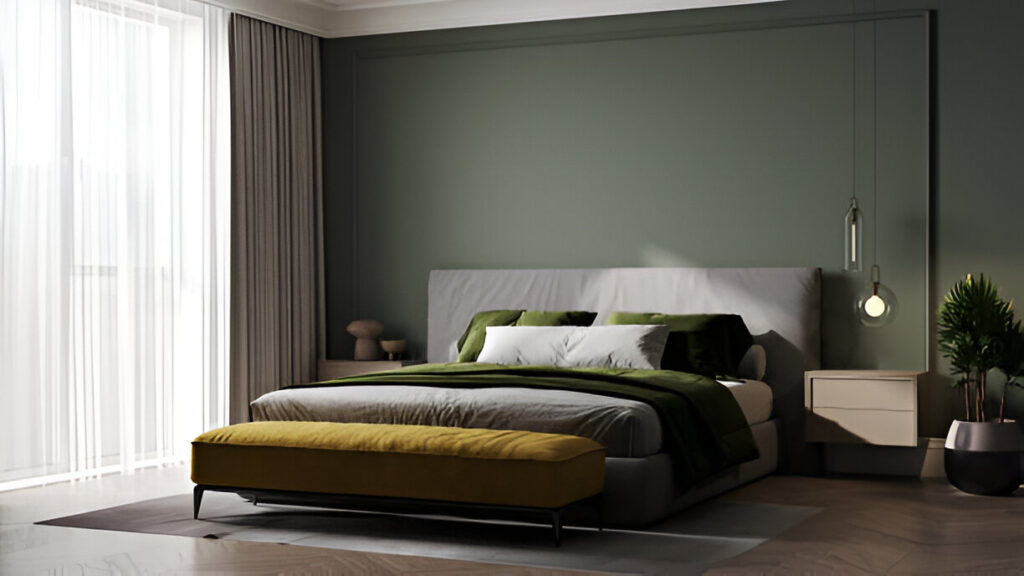
The technology behind virtual staging has advanced significantly, making it a powerful tool in real estate marketing. Modern virtual staging relies on sophisticated 3D rendering services and 3D architectural visualization to create realistic images that accurately represent a property’s potential. These tools allow designers to incorporate a wide range of furnishings, from modern minimalist pieces to classic, traditional decor. The result is a set of high-quality images that can be used in online listings, brochures, and other marketing materials. This technological advancement has made virtual staging an essential component of effective property marketing.
Impact on Buyer Perception and Decision-Making
Virtual staging has a significant impact on how buyers perceive a property and make their purchasing decisions. By presenting a home that is fully furnished and decorated, virtual staging helps buyers visualize living in the space. This emotional connection can be crucial in the decision-making process. Empty rooms often fail to convey their potential, making it harder for buyers to imagine themselves there. Virtual staging overcomes this challenge by providing a clear and appealing vision of the property’s possibilities. This can lead to faster sales and higher offers, as buyers are more likely to be impressed by a well-presented home.
Best Practices for Virtual Staging

To achieve the best results with virtual staging, it’s important to follow certain best practices. First, choosing the right 3D rendering services provider is crucial. Look for companies with a strong portfolio and positive reviews from previous clients. High-quality photos of the property are also essential. Clear, well-lit images provide the best foundation for virtual staging. When selecting furniture and decor, consider the target market and the style of the home. The goal is to create a cohesive and appealing look that will resonate with potential buyers. Finally, avoid common pitfalls such as over-staging or using unrealistic furnishings. The aim is to enhance the property’s appeal while maintaining a sense of authenticity.
Challenges and Considerations
While virtual staging offers many benefits, there are also challenges and considerations to keep in mind. One common concern is the potential for buyers to feel deceived if the staged images differ significantly from the actual property. To address this, it’s important to ensure that the virtual staging is realistic and accurately represents the space. Additionally, there may be legal and ethical considerations related to the use of digitally altered images in property marketing. Transparency with buyers is key, and it’s important to disclose that the images have been virtually staged. Despite these challenges, virtual staging remains a valuable tool for enhancing property listings and attracting buyers.
Future Trends in Virtual Staging
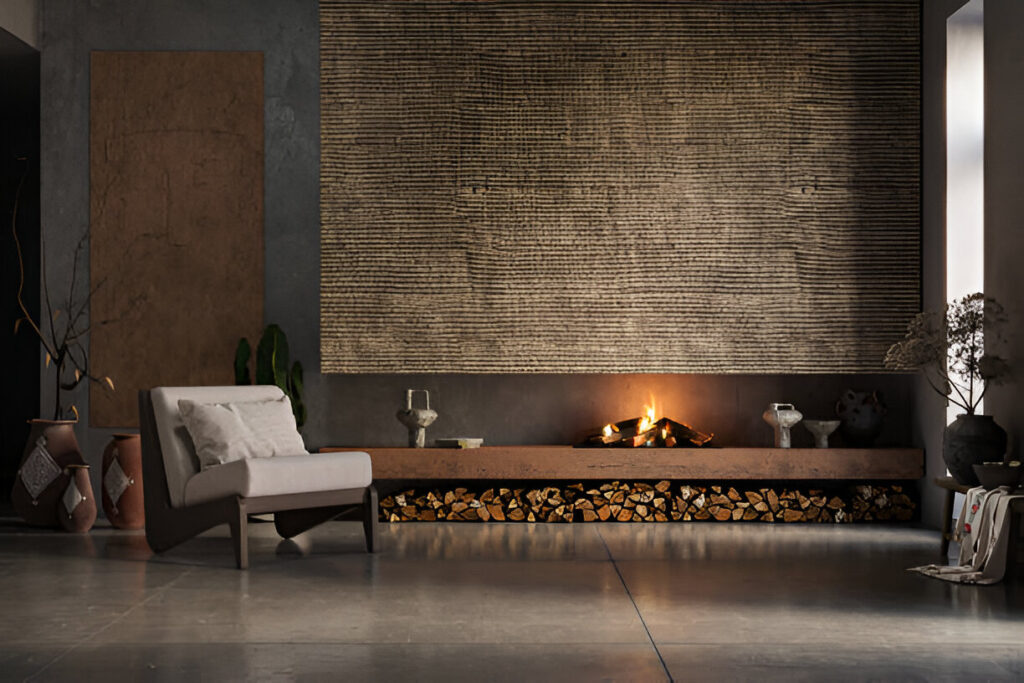
The future of virtual staging looks promising, with ongoing advancements in technology and increasing adoption in the real estate industry. One emerging trend is the integration of augmented reality (AR) and virtual reality (VR) into the staging process. These technologies allow potential buyers to take immersive virtual tours of properties, enhancing their ability to visualize the space. Additionally, improvements in 3D architectural visualization are making virtual staging even more realistic and effective. As these technologies continue to evolve, virtual staging will likely become an even more integral part of real estate marketing, offering new ways to showcase properties and engage buyers.
Conclusion
In conclusion, virtual staging is revolutionizing home showings in real estate by providing a cost-effective, flexible, and visually appealing way to present properties. By utilizing 3D interior rendering services and 3D architectural visualization, real estate professionals can create stunning images that attract more buyers and lead to faster sales. As the technology behind virtual staging continues to advance, its impact on the industry will only grow. Whether you’re a real estate agent looking to enhance your listings or a homeowner aiming to sell your property quickly, virtual staging offers a powerful solution for showcasing any home’s potential.
For more information read: Revolutionizing Real Estate the Impact of 3D Apartment Rendering
Frequently Asked Questions
1. What is Virtual Staging?
Virtual staging uses 3D rendering to digitally furnish and decorate a property, making it more appealing to buyers.
2. How does Virtual Staging differ from Traditional Staging?
Unlike traditional staging, virtual staging is cost-effective, faster, and more flexible, using digital tools instead of physical furniture.
3. Is Virtual Staging Expensive?
No, virtual staging is generally more affordable than traditional staging, saving on furniture rental and moving costs.
4. Can Virtual Staging Help Sell My Home Faster?
Yes, by providing a visually appealing presentation, virtual staging can attract more buyers and lead to quicker sales.
5. Is Virtual Staging Realistic?
With advanced 3D rendering services, virtual staging creates highly realistic images that accurately represent a furnished space.
6. Are There Ethical Concerns with Virtual Staging?
It’s important to disclose that images are virtually staged to ensure transparency and avoid misleading potential buyers.
7. Can I Customize the Furniture and Decor in Virtual Staging?
Yes, virtual staging offers flexibility in choosing styles and layouts to match the target market and property aesthetics.

